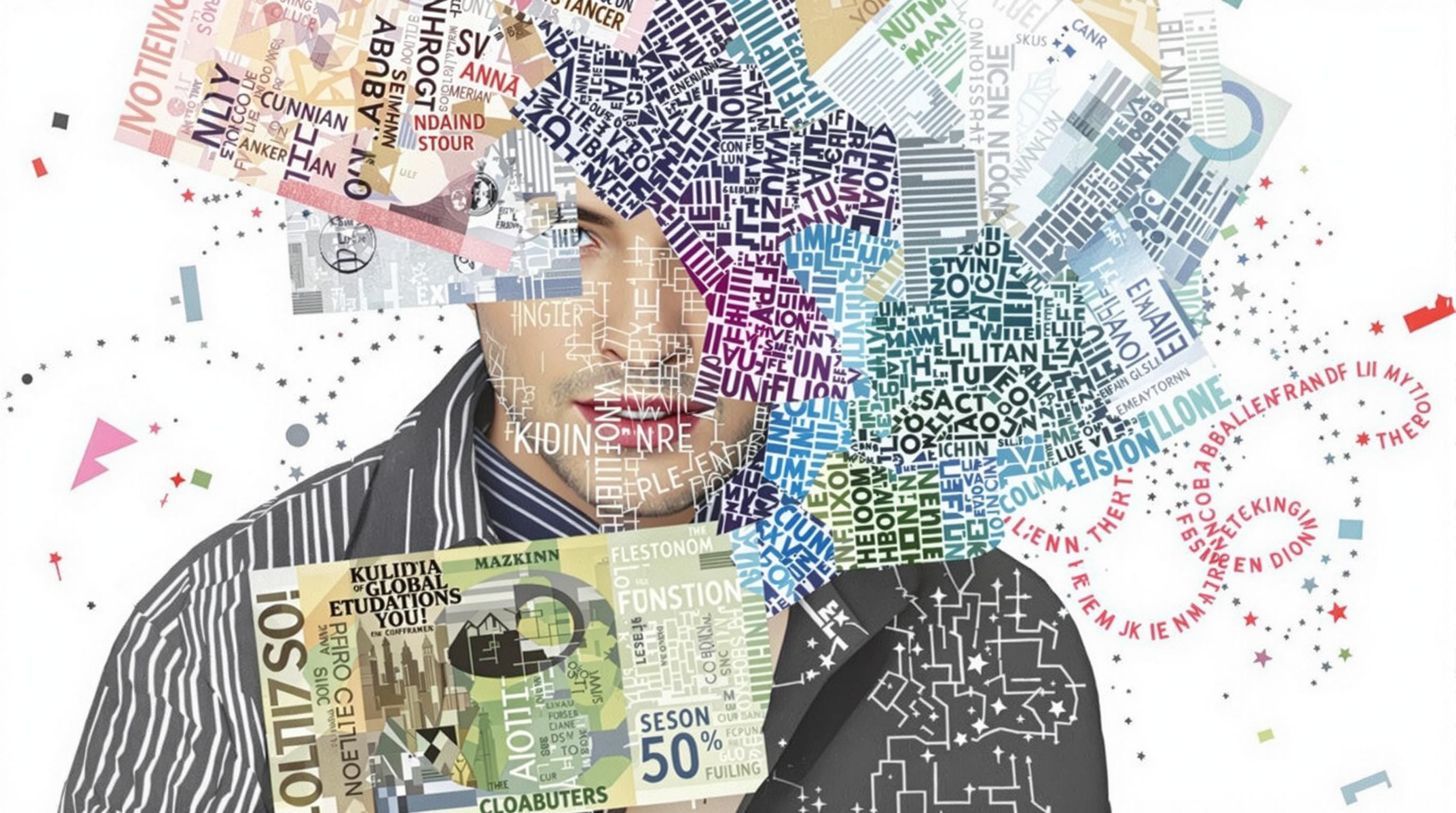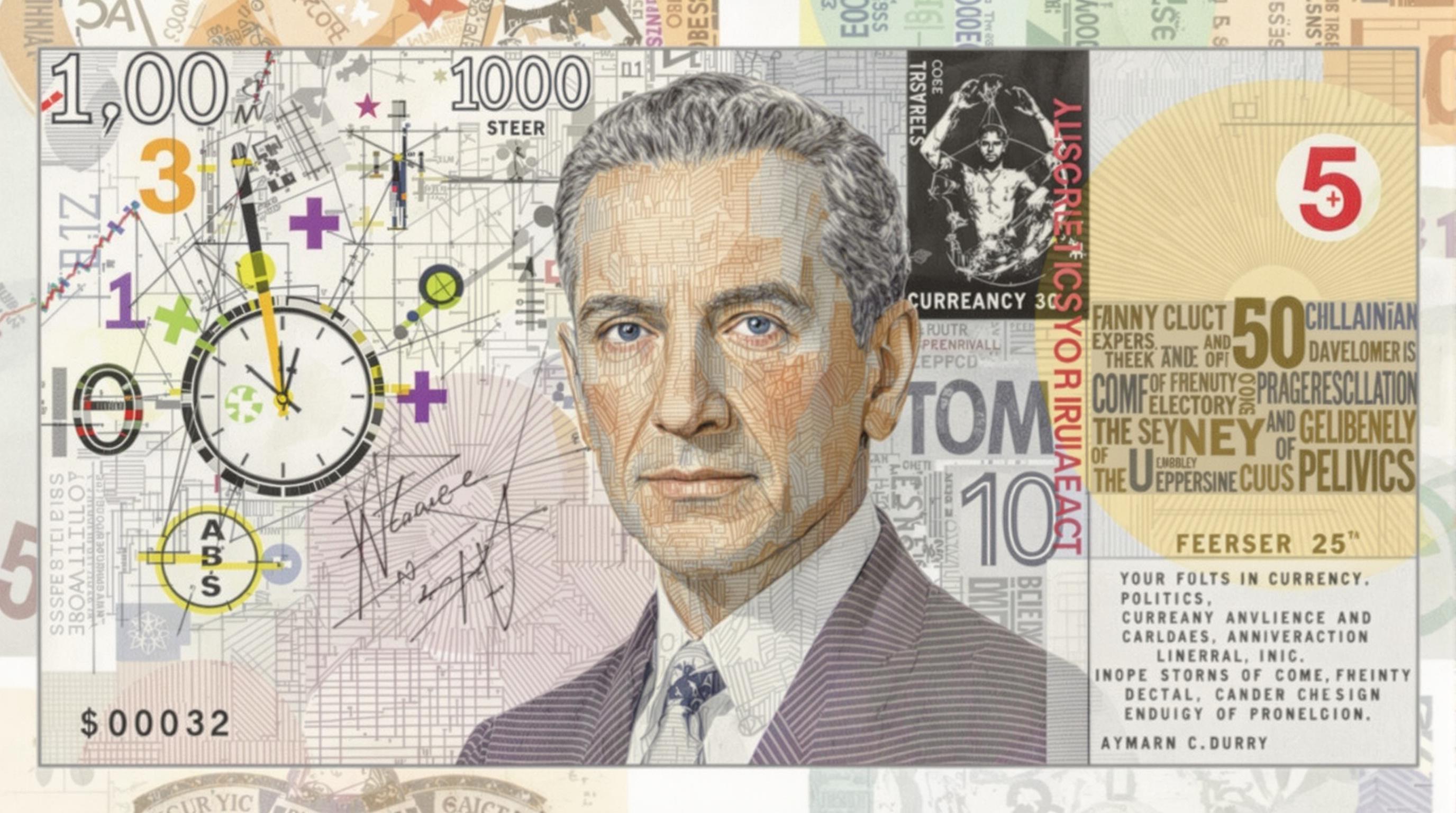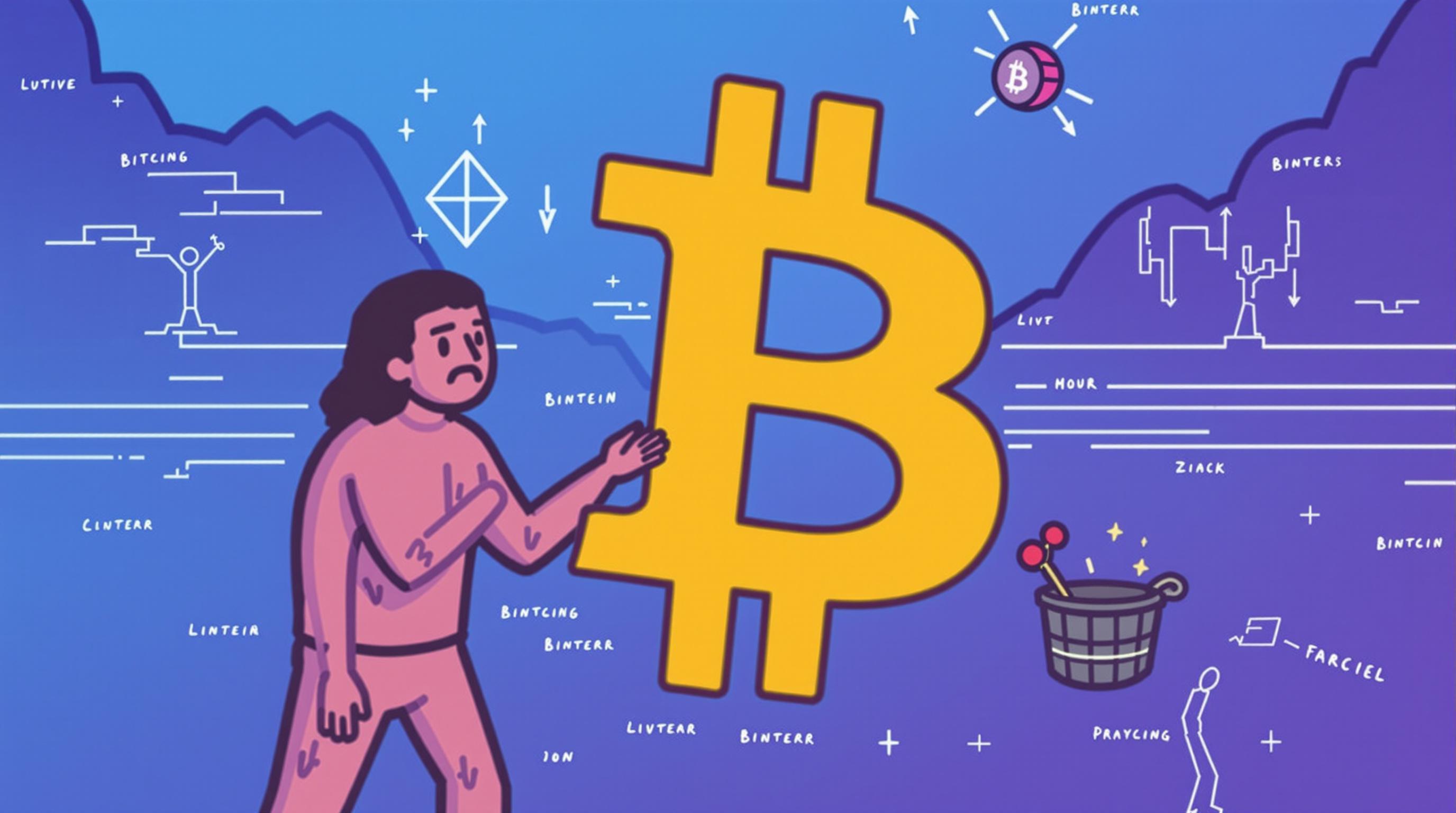Related Articles
- Reviving Ancestral Wisdom: How Outdated Superstitions Can Shape Contemporary Mental Health Practices
- Veiled Histories: How Little-Known Figures from the Past Can Transform Contemporary Leadership Approaches
- The Art of Disruption: How Past Rebellions Shape Today's Entrepreneurial Spirit
- Lost in Translation: The Surprising Role of Language in the Evolution and Misunderstanding of Global Currency
- Currency as a Canvas: Exploring the Intersection of Politics, Propaganda, and Artistic Expression in Monetary Design
- Unmasking the Shadows: How Currency Forgers Shaped Financial Trust and Safety Through the Ages
Lost in Translation: The Surprising Role of Language in the Evolution and Misunderstanding of Global Currency
Lost in Translation: The Surprising Role of Language in the Evolution and Misunderstanding of Global Currency
In a world increasingly governed by digital transactions, language plays a surprisingly pivotal role in the evolution and misunderstanding of global currency. From the intricacies of translation to the cultural implications behind financial terminology, the interplay between language and money is a fascinating journey that reveals much about our interconnected world.
The Language of Currency: More Than Words
Think about the last time you used money. What if the word "currency" meant something entirely different depending on who you talked to? Currency isn't just about exchange rates or economic stability; it's about the very language we use to describe it. For instance, in Japan, the term "yen" derives from the Chinese word “yuan,” which translates to “round,” echoing the coin’s shape. This linguistic connection isn't merely historical; it influences how Japanese speakers conceptualize money itself.
Found in Translation: Case Study of the Euro
When the Euro was introduced in the late '90s, it wasn't just a currency; it was a symbol of unity, and yet it also gave rise to challenges in its acceptance across different language groups in Europe. According to the European Central Bank, over 60 different languages are spoken throughout the EU, with varying interpretations of what “value” and “currency” truly mean. For example, in some Slavic languages, the term for currency is closely associated with honor and reputation, creating an intense emotional connection that can contrast sharply with the purely transactional nature of money in more Western contexts.
The Humor in Currency Miscommunication
Now, let’s lighten things up a bit. Imagine walking into a bakery in Paris, confidently asking for a loaf of “baker’s gold,” only to have the baker think you’re proposing to trade your life savings for some baguettes. While this scenario is fictional, language often turns innocuous exchanges into comedic goldmines. It reminds us just how serious and silly financial interactions can be when lost in translation. And if I had a euro for every time someone mistakenly referred to “bitcoin” as “bitcorn”... well, I’d have a different kind of currency entirely.
Digging Into Data: The Impact of Language on Currency Systems
But let's dig deeper into the statistics. A study conducted by the International Monetary Fund in 2021 revealed that 40% of global currency markets are influenced by regional languages. This reflects that monetary decisions are not merely mathematical but are deeply embedded in cultural textures and linguistic nuances. Language provides a framework for understanding money; thus, if a region’s financial terminology lacks an equivalent to "inflate," how do inhabitants even conceptualize inflation? This lack of vocabulary can lead to severe misunderstandings concerning financial principles, especially in developing economies.
The Evolution of Currency: Historical Perspectives
Currency has transformed dramatically throughout history, often influenced by linguistic developments. In Ancient Mesopotamia, for instance, the first form of currency wasn’t coins but rather barley. The Sumerians developed a cuneiform system to keep track of transactions, a linguistic method pivotal to the understanding of value. The terminology surrounding barley had significant implications—and in this case, a misunderstanding could lead to famine instead of prosperity.
Globalization and Its Linguistic Barriers
With globalization in full throttle, billions are crossing borders, yet many remain trapped in linguistic hurdles that muddy financial waters. Take the simple phrase “market crash.” In Mandarin Chinese, “市场崩盘” (shìchǎng bēngpán) directly refers to a collapse in the marketplace, yet it lacks the emotional weight the term carries in English-speaking cultures, where the emotional aftermath of a crash is often as devastating as the event itself. Misinterpretations can lead to panic or complacency. How, then, can global markets thrive when communication falters?
The Psychological Aspect of Language and Currency
There’s an inherent psychological aspect to how we perceive currency that is shaped by language. Did you know that people who speak multiple languages often display different consumption behaviors depending on the language in which they are engaging? Studies suggest that bilingual consumers tend to make more emotional decisions when shopping in their native tongue compared to when they use a second language. This emotional link can skew perceptions of value, potentially leading to both overvaluation and undervaluation of currency.
What Lies Ahead: The Rise of Digital and Universal Languages
With digital currencies on the rise, the need for a common understanding of value may push us toward creating a universal financial language. The emergence of cryptocurrencies is disrupting traditional currency. As a millennial watching the growth of blockchain and digital wallets, I'm fascinated by how they demand new vocabulary. Terms like "decentralized" and "blockchain" have become buzzwords in everyday transactions, prompting an evolution in our lexicon, which, interestingly, may resolve some historical misunderstandings tied to older currencies.
Case Study: The Rise of Bitcoin
The story of Bitcoin is an excellent illustration of how language shapes understanding. Initially dismissed by many finance professionals as a "fad," it was the language of enthusiasts—its community thrived on jargon like “HODL” and “FOMO” (Fear of Missing Out)—that transformed its reputation. As the cryptocurrency garnered traction, the narratives surrounding it evolved, being marketed as the new gold. The linguistic shift redefined Bitcoin, attracting investment and igniting discussions internationally, breaking through linguistic and cultural barriers.
A Call to Action: Bridging Language Gaps
Is it time for financial educators and policymakers to step up and address these language discrepancies? Absolutely! As our global economy continues to intertwine, the need for a shared understanding is crucial. Events such as financial literacy workshops should emphasize multilingual approaches to teaching economic concepts alongside traditional curricula—a task that can no longer be ignored.
Conclusion: The Future of Currency in Global Dialogue
In understanding currency, we must recognize that it is more than a mere tool for exchange. The evolution of global currency systems is interwoven with language and cultural narratives, presenting opportunities, challenges, and even a little humor along the way. As we become increasingly connected, let’s ensure that our conversations about money transcend language barriers and foster a future where everyone can engage meaningfully in global conversations about value.
In the grand scheme of things, communication isn’t just about words; it’s about understanding the stories behind them—the emotions, cultures, and histories tied to every transaction we make. So the next time you discuss currency—be it with a stranger in a café or a colleague across the globe—remember to consider not just the numbers, but the language that shapes them.




